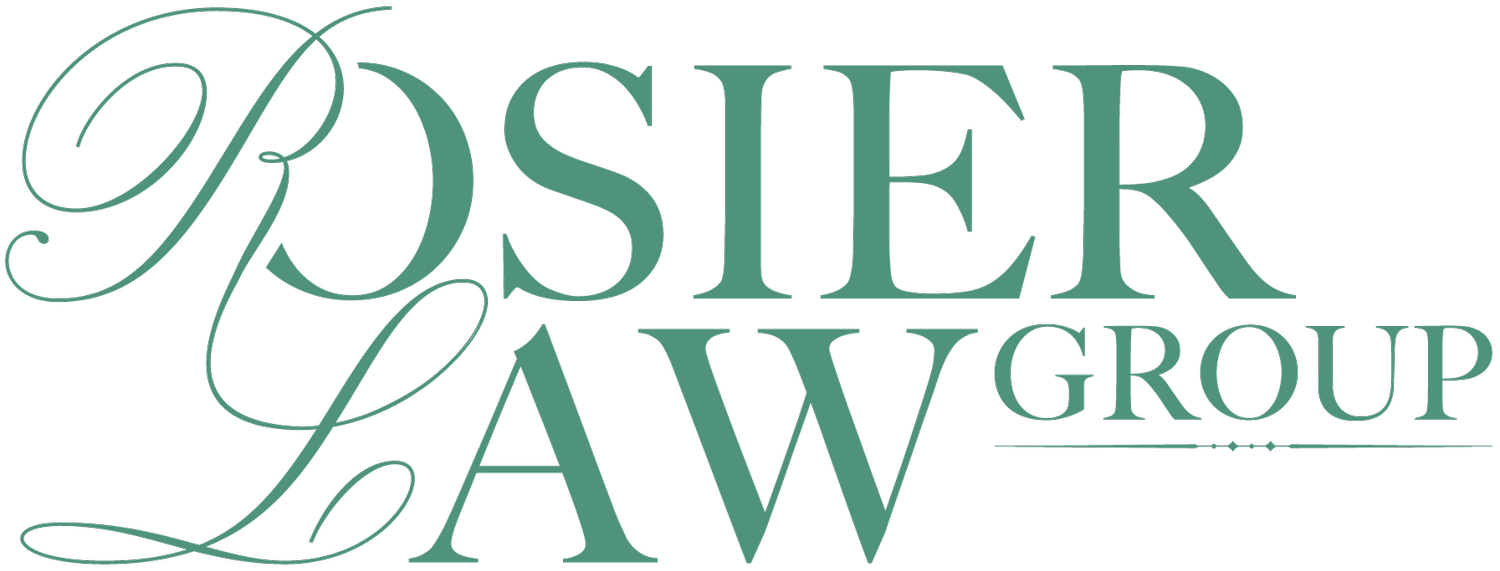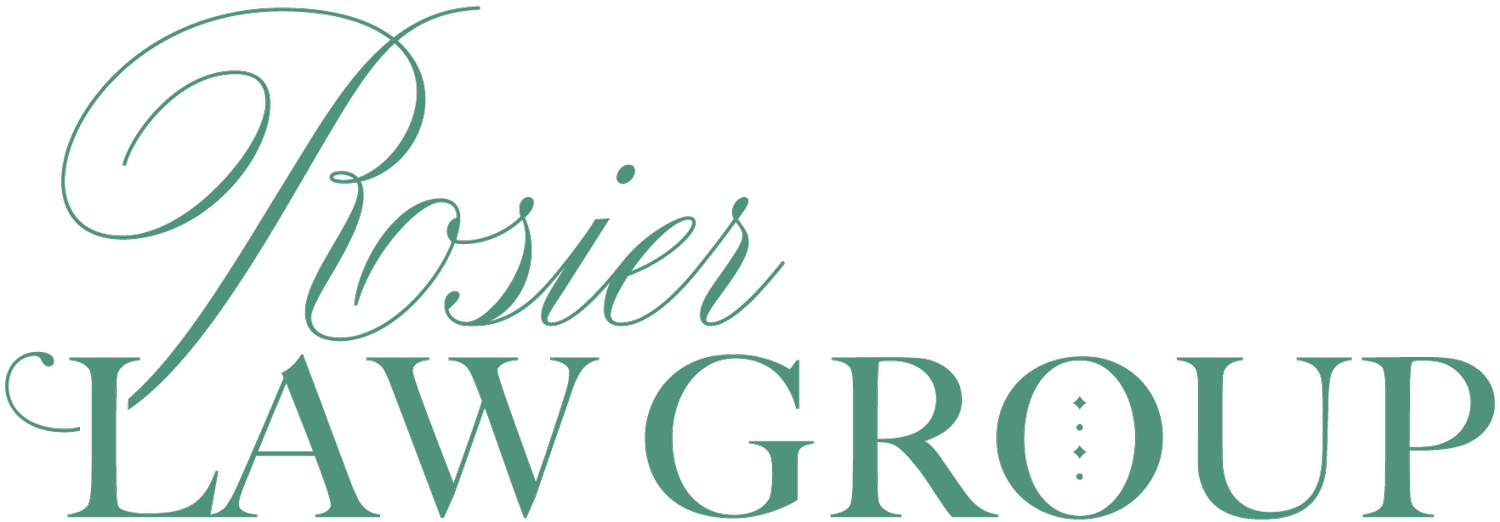What Are Some Reasons the USPTO Might Refuse My Trademark Application?
According to the U.S. Patent and Trademark Office (USPTO), 55.1% of trademark applications will fail their first examination by an examining attorney. Why is that?
Trademark applications are lengthy and require careful preparation, but even the most diligently drafted application may be initially rejected by the USPTO. While there are many reasons why an application may be denied, these are the top five reasons we see the most here At Our Firm:
Knowing What Can and CANNOT Be Trademarked
Based on rules set forth by the USPTO, there are many things that are not suitable for a trademark. This includes an idea, a function (processes are covered under patents), a flag, certain ornamentation or decoration, portrait or signature of a living person or deceased U.S. President, falsely suggesting a connection with a living or deceased person, institution or belief, and a surname being associated with the trademark instead of the product (think: McDonald’s).
Ornamentation
An Examining Attorney will refuse a mark if it does not function as a trademark to distinguish the applicant's goods, but instead is merely a decorative feature of the goods. For example, larger letters, designs or slogans if displayed across the front of a T-shirt, sweatshirt, or hat may be perceived as primarily ornamental or informational matter and not a source indicator.
Likelihood of Confusion
One of the most common rejections is the probability of trademark confusion. “Likelihood of confusion” means that the USPTO believes it would be possible for consumers to associate your trademark application with that of an existing, registered trademark because the name is too similar and/or the trademarks are for related or similar classes of a goods or services. This refusal does not require actual confusion, but just the likelihood thereof.
A determination of likelihood of confusion is based on the factors set forth in In re E. I. du Pont de Nemours & Co., 476 F.2d 1357, 1361, 177 USPQ 563, 567 (C.C.P.A. 1973).
If similar marks are not in related or similar classes, then they can co-exist (e.g., Lincoln the car and Lincoln the financial services company). Engaging a skilled trademark attorney to do a thorough trademark search before filing your application is the best way to avoid this pitfall.
Merely Descriptive and Deceptively Misdescriptive
If a mark immediately conveys a quality, purpose, function, feature, characteristic, ingredient, or use of the goods or services it will be deemed merely descriptive and refused on the principal register of the USPTO (think: “Fast Delivery”, “SunTan Oil”, or “Cold and Creamy Ice Cream”). If a trademark misdescribes a quality, purpose, function, feature, characteristic, ingredient, or use of the goods or services, and the misrepresentation would be credible or plausible to consumer, the mark would be refused as deceptively misdescriptive. Keep in mind that one objective of trademark law is to protect consumers from deception and confusion.
Geographically Descriptive and Geographically Deceptively Misdescriptive
Similar to the “merely descriptive” refusal, this category relates to the accuracy of the product or service origin (e.g., Wisconsin Cheese; Florida Oranges; Idaho Potatoes; Vidalia Onions (which is the State of Georgia if you were wondering); or Washington State Apples). A mark is geographically deceptively misdescriptive if it primarily falsely indicates geographic origin (e.g., naming any Russet Potato as Idaho Potatoes). Furthermore, registration will be refused for a mark on wine and spirits, including translations, for a place other than its true origin.
It’s not the end of the world if your trademark application is denied! The USPTO gives applicants six months to respond to an Office Action. While we recommend hiring an experienced trademark attorney when filing your trademark application, our firm can still help those who submitted a trademark application on their own and then received an Office Action.
If you have not yet filed your trademark application, a trademark attorney can research and analyze your trademark ideas before filing in order to understand the mark’s chance of success of registration.

